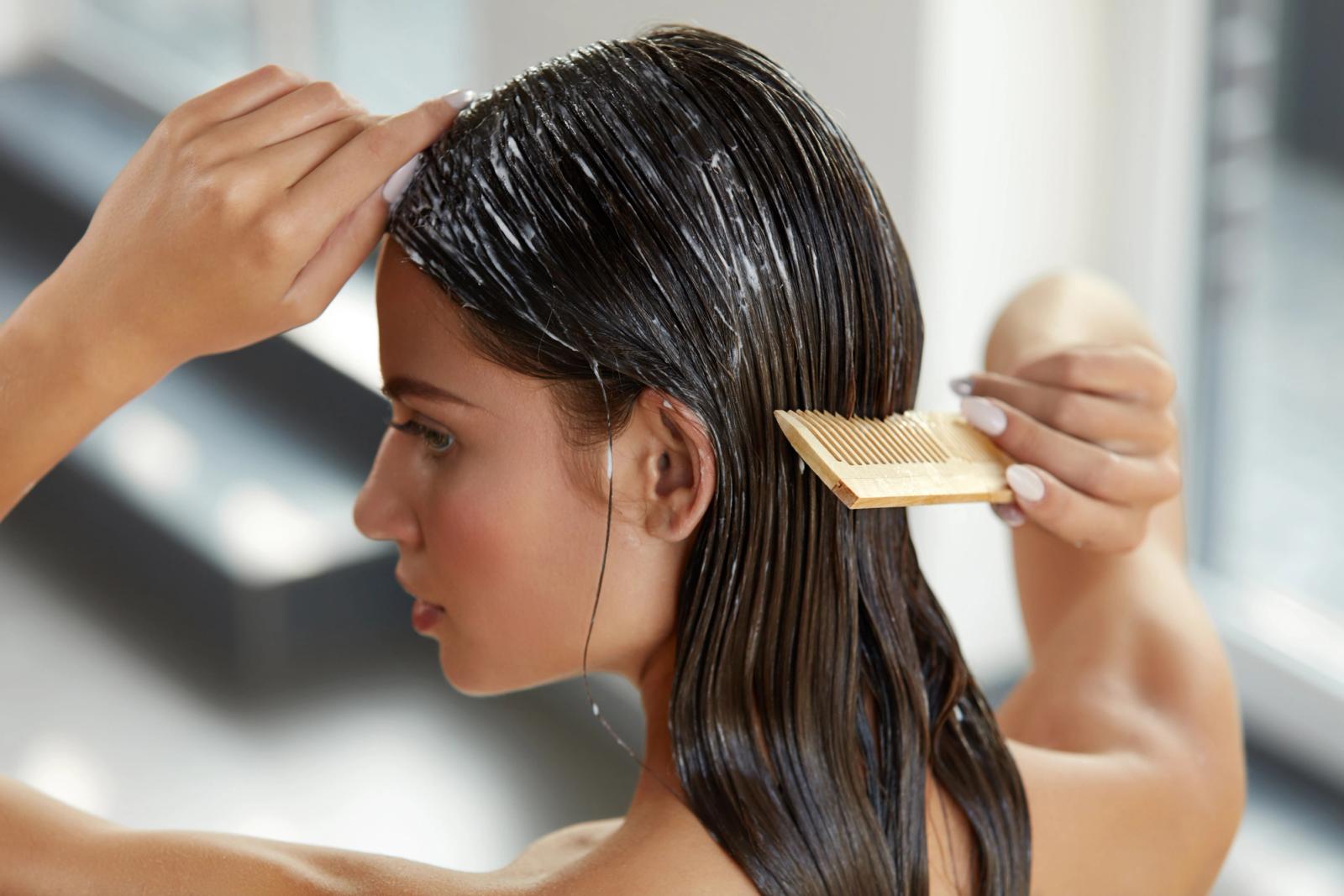What Is A Keratin Treatment

Keratin treatment for hair: what it is, and why your hair is crying out for it
It’s not often an ingredient comes along that works so well it becomes universally loved – but when one does, you know it’s worth paying attention to. When it comes to your hair, one such powerhouse is keratin. Chances are you’ve heard of it, as it’s the protein that makes up hair, skin and nails, and is vital for hair structure, protection and resilience.
While keratin is something that’s found naturally in our hair, levels can easily be depleted due to various factors, from environment to lifestyle. But the good news is, applying it topically can quickly and effectively help to repair damage, reduce frizz and inject shine from the outside in. Here, we’ve broken down everything you need to know about keratin, why it’s a good-hair-day necessity, and how it works across numerous hair types and textures. Consider this the ultimate keratin cheat sheet.
What does keratin do and why is it so good for hair?
It’s important to understand why keratin is excellent for hair. As mentioned earlier, keratin is a protein that, in essence, forms the structural building blocks of hair. Since hair is made up of more than 90% protein, protecting it is vital for ensuring strong, healthy locks. However, when it’s exposed to external aggressors, those protein bonds can become damaged, which leads to hair becoming lifeless, fragile and prone to breaking. By topically applying products that contain keratin, damaged hair can be revived, smoothed and become much more manageable overall.
How does keratin for hair work?
Keratin penetrates the hair and works to smooth down the cells (AKA the cuticle) that overlap on the surface of individual hair strands. This leaves hair looking less damaged, feeling softer and looking more glossy. Additional benefits include making hair appear less frizzy and making it smoother, so it feels more manageable and easier to style.
What is a keratin treatment?
Keratin treatments can be done either at home or in the salon. With a salon treatment, liquid keratin is applied to hair and left for a length of time before being washed out. Then hair is blow-dried and finished with a straightener. Results are expected to last around six months or so depending on hair type, and prices vary depending on the salon, but are usually a few hundred dollars. At-home keratin treatments are applied either pre- or post-shampoo, and results typically last until your next wash (depending on how often you shampoo). At-home treatments, meanwhile, cost a fraction of the price and take quite a bit less time – plus the results can be prolonged by using a range of keratin-infused styling products. Depending on what you think your hair would benefit from most, the Keraphix Repair & Strengthen Reparative Treatment can be used either as a pre-wash boost or post-shower leave-in treatment and heat protector. Thanks to a unique bonding technology that strengthens hair, this reparative cream visibly revives damaged hair – sealing up to 94% of split ends in the process. If you’re after shinier, softer and healthier looking hair, look no further.
Are keratin treatments good for damaged, bleached or frizzy hair?
Those are exactly the types of hair they are best for. Damage, excess frizz and split ends as a result of heat styling, environmental damage, bleaching, and coloring can all damage the keratin naturally present in your hair. Luckily, they are all things that can be rectified with a good keratin treatment.
How does keratin work on curly hair?
Many people with curly and coarse hair types use keratin because it makes their hair feel smoother and, in turn, more manageable. By nature, curly hair is more porous and, therefore, more prone to damage. By treating it with keratin-based products, it can become more resilient, healthier, and shinier.
How to protect hair after a keratin treatment
Whether you opt for a salon or at-home treatment, it’s always best to ensure you’re using keratin-friendly products as a follow-up. Not only will they have cumulative benefits for hair, they’ll also work to protect the precious keratin that the treatment has provided to ensure you reap the rewards for as long as possible. Shampoos and conditioners, such as Nexxus’ Keraphix range, are silicone-free, so they’re kinder to hair (especially if it's colored), plus they contain collagen and elastin, keeping hair healthier for longer.



